Getting Started with Homeschooling

Hello! I’m Stephanie, and I’m here to welcome, inspire and help you on your life-changing homeschool journey. If, like many of my friends, you are wondering what you need to know to get started, you’ve come to the right place.
But we at Beccastone want to do more than just give you the framework and point you to the foundational information you need. We also want to provide supplementary modules to a standard educational regime which highlights Black culture and helps strengthen our younger generations’ sense of self.
-Stephanie
Let’s start with how this page is laid out. We wanted to to provide the framework you need in a logical progression so if you are new to homeschooling it will make sense to read this page from top to bottom. However, if you are looking for a particular topic, use the content list to the right to jump directly to that section.
Now, let’s go over with the basics of that framework.
There are four major topics you need to understand.
- What are the legal requirements for you to homeschool in your state and local area.
- How do your children learn. If you are homeschooling more than one child, there’s a good chance they don’t all have the same learning preferences
- How do you like to teach, and possibly more important today, what constraints are being put on your time that impact how you CAN teach – such as working from home.
- Finally, it’s about choosing what you and your child want to learn this year, and what’s out there to help you achieve this.
To help you get started, and keep your sanity, we are providing for free, a very complete homeschool planner and a reading list of books for your tween/teen.
We’ve also created a 12-month theme-based module highlighting achievements and contributions of Black men and women in a variety of fields. This module helps our younger generation appreciate the experiences, history and culture of Black people in America.
This elective module is media rich. In addition to books, we’ve included movies, videos, virtual tours, TED talks and much more. You can customize this module to pick which themes and materials best fit a child’s interests and learning style. We hope this module will be fun as well as educational for all learners.
Table of Contents
Start Here
Getting Started
If your children are being homeschooled for the first time this year, you should be aware that they will need a transition period. You should consider how the transition should take place, and the possibility to include some “Unschooling”. Here’s a good article on that subject.
The next thing to think about are the fundamental differences in how your child can learn at home. There are three different options:
- Homeschool – where the parent or caregiver is the person who teaches and delivers the content
- Distance Learning – where an online teacher teaches and delivers the content. This can be an extension of your public school education system.
- Online Learning – where you child learns from videos or interactive engagement via the internet. The Kahn Academy is a great example of this format.
Requirements
Figure Out What You Need
- Start by checking your state and country requirements for the following:
- How many hours of school your child must have each year
- What topics are mandated by your local government for your child’s age/grade.
- What, if anything, do you need in the way of paperwork to demonstrate that your child attended school and performed learning activities.
- What, if any, testing does your child need to prepare to take at the end of the school year.Find the answers here for the
homeschool laws by state: https://hslda.org/legal
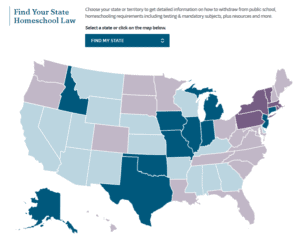
- Is your child ready for school? What grade or learning level is your child ready to engage in? Here’s some sound advice and ways to test readiness indicators for all ages.
- In addition to what ever your local government mandates your child studies, there are probably additional subjects or themes you want them to explore.
- As you make a list, remember to involve your child and take into account their passions. Many special themed modules are available to augment standard box packages. Or you can opt to create your child’s curriculum entirely from individual/stand alone modules. More information on this below.
Homeschool is Not an Institution
Homeschool Learning
Don’t try to mimic traditional school schedules, and their hour-by-hour time slots . Prepare to be flexible, and think about the learning day in terms of blocks of time. This allows your child to have more time on a topic they find more difficult to grasp, and less time on the ones that come easier.
Understand how many hours of school are required for the year by your state and spread those hours out, over the week and months.
Many homeschoolers have lessons all 12 months of the year. It’s easier to keep your children in a routine if it isn’t disrupted for weeks at a time.
Recognize Learning Activities
Children are sponges. They are learning all of the time. It doesn’t require structured classes and study time; just ignite your child’s interest and curiosity and watch them go.
Here’s a great article that talks about how to recognize your child’s learning activities and translate that into what officials and colleges are looking for on school reports and transcripts. https://raisingroyalty.ca/educationalese/
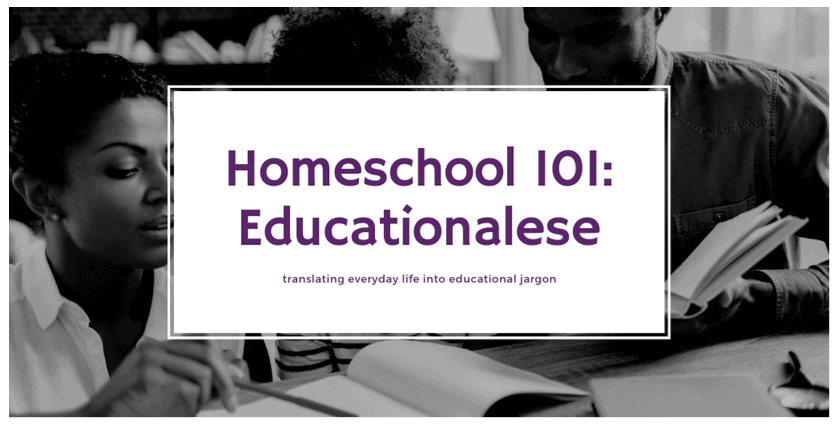
Learning Style
How Does Your Child Learn Best
It’s important to understand two things:
- How you teach
- How your child learns
If you wrap your head around these preferences, then you can select a teaching style and educational material that will accommodate both you and your child.
Also, if you have more than one child, chances are high they don’t both have the same optimal learning methods. One might be a visual learner and the other hands on.
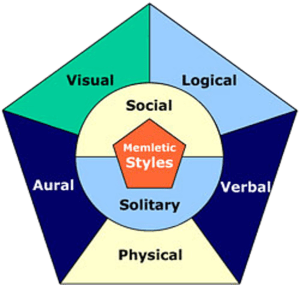
The way this works is that there are two levels. In the first level either your child learns better in a group or by himself.
On the second level there are visual, logical, aural, verbal, physical or a mix of two or more of these.
Here are some helpful resources:
Teaching Style
Decide on an Approach
Many new homeschoolers are surprised to discover that there’s a wide variety of educational methods and philosophies. It’s exciting to have the freedom to blend these styles, so find what works best for your own children.
Here’s an article that discusses the different styles of teaching: https://hslda.org/post/whats-my-educational-approach-or-homeschool-style
In short, your options include traditional / textbook, a Box Curriculum, Classical, Charlotte Mason, Montessori, and more.
Here’s more information if you want to dig a bit deeper: https://www.homeschool.com/homeschooling-methods/
Now that you have an idea of what they different styles represent, you can decide on your preference.
Here are a couple of different tests that will help you understand which teaching style you resonate with more: here’s the first homeschool style quiz or you can try this one.
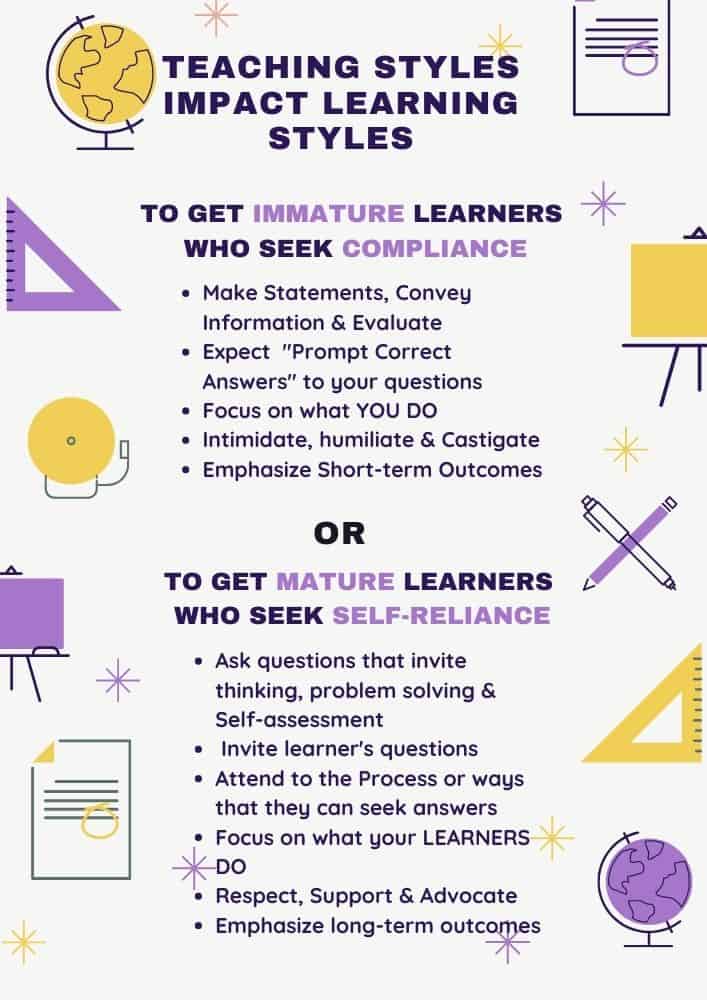
The Cirriculum
Creating The Curriculum

One of the many advantages of the freedom of homeschooling is to create your own course of study. You can choose the very best resources available, whether they are textbooks or alternatives to textbooks. These alternatives can include magazines, movies, videos, games, as well as online resources and apps.
If you’ve never created your own teaching plan, it can sound daunting. It’s worth it, though, to take the time to put together a customized curriculum for your family. Not only can it save you money, it can make your homeschooling experience much more meaningful.
We’ve created our own 9-month flagship homeschool course for teens and tweens, Black Gold, that includes all of the types of resources mentioned above, as well as engaging activities and fun projects.
Here are some general steps to follow to help you design a curriculum for any subject.
Listed below are some detailed guidelines that can help you set standards and goals for your own curriculum.
- Typical Course of Study for Sixth Grade
- Typical Course of Study for Seventh Grade
- Typical Course of Study for Eighth Grade
- Typical Course of Study for Ninth Grade
- Typical Course of Study for Tenth Grade
- Typical Course of Study for Eleventh Grade
- Typical Course of Study for Twelfth Grade
If you are homeschooling a high schooler, you have special considerations – find out more here: Creating a Teen Highschool Curriculum Plan
In addition to core topics, you and your child get to select electives to be studied.
One Elective to consider is Beccastone’s own “Black Gold”, a 12 month module which highlights Black individuals and their contributions in diverse aspects. This module helps our younger generation appreciate the experiences, history and culture of the Black race, especially in America. This elective module is media rich. In addition to books, we’ve included movies, videos, virtual tours, TED talks and much more. See full description here.
Below are a small selection of organization that offer a mix of distance learning, complete packages and ad-hoc courses where you can mix and match to build your own curriculum, or if you need to keep it simple, choose one of their comprehensive packages that fit and personalize it with a couple of specialized modules where needed.
We recommend you get samples of the classes before you buy, to make sure it’s what you are looking for.
Selected Course packages
Oak Meadow’s approach focuses on delivering academics for preschool through high school using imaginative, child-centered methods with a strong emphasis on the creative arts: drawing, painting, music, and handwork.
This homeschooling curriculum offers packages with a focus on critical thinking and comprehension for ages 5 through 12. It takes into account the student’s strengths and learning style, and delivers project-based instruction that meets or exceeds state and national standards.
For those who want to know that their children are meeting state standards while still enjoying an individualized approach, this site offers a complete, integrated curriculum as well as online support and assessment tools.
BookShark offers your choice of complete grade-level packages or packages that cover one or more subject areas. With lots of real books for each level, parent guides to coordinate learning, and grid-charts showing what pages are to be read in each book each day. Combined with weekly overviews, daily lesson plan scripts, and rubrics to give parents guidance for teaching and evaluating student work.
- Christian themed
- Cathy Duffy Reviews
Before spending money on a homeschooling curriculum, it’s helpful to hear from those who have used it. Sites like this one have extensive, unbiased information on hundreds of curriculum options.
Prioritization
Priority Scheduling
To manage everything to the best extent possible you MUST plan. One of the biggest challenges with homeschooling is trying to minimize the interruptions during the hours established for learning. To minimize the impact of these, you need to prioritize in advance what are the most important aspects of your daily learning and do them first in the day.
- List your required topics (if any)
- List your extracurricular activities and regular activities outside the home
- Prioritize subjects/themes for the year
- Prioritize the activities for the day
Record Keeping
Records, Grades and Report Cards
- First thing, understand what level of grading and grade tracking is required by the law in your state (https://hslda.org/legal ).
- Next, decide how you want to approach teaching and learning. If you must track grades, or if you and your child decide that’s helpful, there are several ways to calculate the grade.
- You decide what’s important. You can ascribe each project, worksheet, assignment and assessment a grade, or just grade some of the things your child does.
- At the end of the quarter, you combine all of the grades, weigh the more important ones with a higher value, and determine the overall grade for the class for the term. This site can help: https://www.homeschooltracker.com/.
- Grades can be pass/fail,
- You can assign a value of 1-10 or 1-100
- You can use A-D,F values
- You decide what’s important. You can ascribe each project, worksheet, assignment and assessment a grade, or just grade some of the things your child does.
- TIP: Ultimately you want your child to master the material, so if an unsatisfactory grade is made on a paper, test or project, working with them to help them understand the material better, then reassessing the grade is ideal. I remember the frustration I experienced because my father, a college professor, would harp on things I didn’t get right, then he would back off for a bit and either figure out a way to turn it into a game, or come back to it several weeks later, because nothing gets learned when there is frustration with the topic.
Schedules and Standards
Plan A Schedule, Set Standards
- Seasoned homeschool parents recommend you use a block schedule or a task list (and not a timed schedule).
- This lets your child slow down for the things they need more time to understand and speed up on the things that come easily
- Learn how to stagger schedules for multiple children.
- Get OUR PLANNER to keep you on track.
- Don’t forget to plan for chores as part of life skills learning!
- Review your family schedule and blend school and family time into it together.
- Allow for one free learning day a week.
- Be flexible!
- Set some scholastic standards

Staying Organized
The Plan
A Planner or Notebook is required by many states, however regardless of state regulations, a good planner is a major sanity saver! Use it to plan the year/quarter/month/week/day and keep track of your child’s progress.
Also a must in order to be prepared for the upcoming lessons.
Additionally, it’s also useful when planning the following year’s curriculum, to look back at what was covered the previous year.
Children in high school? You’ll want to make sure you’ve got the necessary record-keeping for college entrance requirements. More information about that can be found here.
GET YOUR FREE PLANNER HERE!
You’ll want to print out a planner for each child and put each in a separate binder where you can tell them apart easily. More information about the planner is here.
Supplies
Collecting Everything Together
A lot of school supplies go on sale at the beginning of the school year, and it’s a good idea to stock up on them at that point. Most don’t go on sale again – though you can check again on the black Friday weekend, especially for electronics.
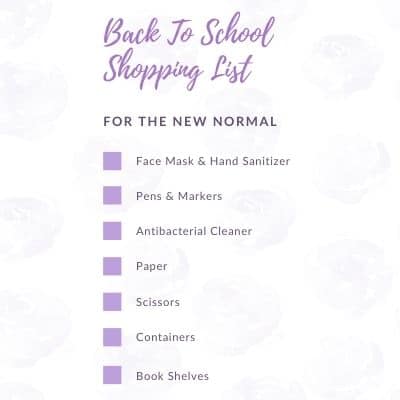
Keeping Track
The Homeschool Portfolio
In addition to the Planner, depending on state regulations and personal preference, you’ll want / need to keep a portfolio of the work your child does.
You’ll want to keep the work sorted by subject. You can keep everything together in an accordion file, or put a couple of years together in a file box.
Activitiies
Keeping Children Engaged
Here are some great ideas from around the internet:
- 37 UNIQUE Bored Things To Do When Stuck At Home With Kids PLUS SURPRISING Benefits of Boredom
- No Time for TV: Activities for Kids that Say “I’m bored”

- 30 things to do when kids say ‘I’m bored’
- Word Search Puzzle Makers:
- The puzzles at discoveryeducation can be printed and given to your children to keep them busy
- These are pretty, you can do them online, they are timed, give hints, you can save for 30 days and are they are sharable: https://thewordsearch.com/maker/
- Huge Roll of Coloring Paper
- Amazon Subscription Boxes
Happy Homeschooling!
Now the Fun Begins
Once the year is complete, depending on your state, you may need a year-end evaluation test. There are different styles. This article explains it all well.
Have a wonderful school year!


